Many of your customers perceive solar as something distinct from other technologies, but you know the truth: it is a construction project.
Learn More...Run your solar business more efficiently by automating key business processes that are necessary to ensure timely solar panel installations, the safety of service technicians, and compliance with regulatory norms.
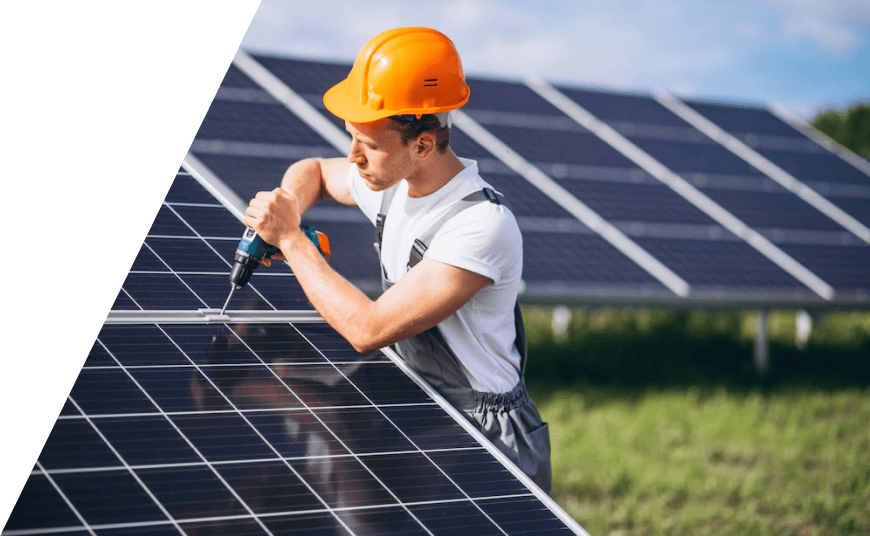
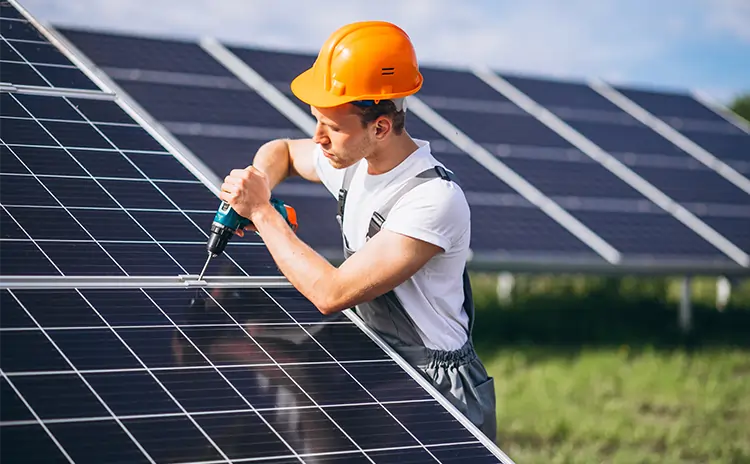
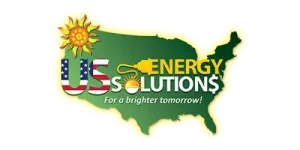
Zuper has been a game-changer for us
Our goal is to move to a 100% paperless office, and field service is a big part of that. We wanted to make it as easy as possible for our customers. Zuper has been a game-changer for us. We’ve been able to automate so many manual processes and save a lot of time in the process. Not to mention, our customers are much happier now that they can make digital payments.
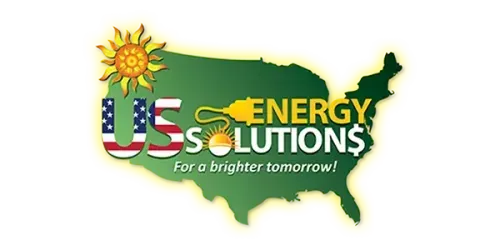

Zuper has been a game-changer for us
Our goal is to move to a 100% paperless office, and field service is a big part of that. We wanted to make it as easy as possible for our customers. Zuper has been a game-changer for us. We’ve been able to automate so many manual processes and save a lot of time in the process. Not to mention, our customers are much happier now that they can make digital payments.
Don Redman CEO, of US Energy Solutions

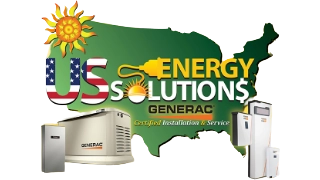

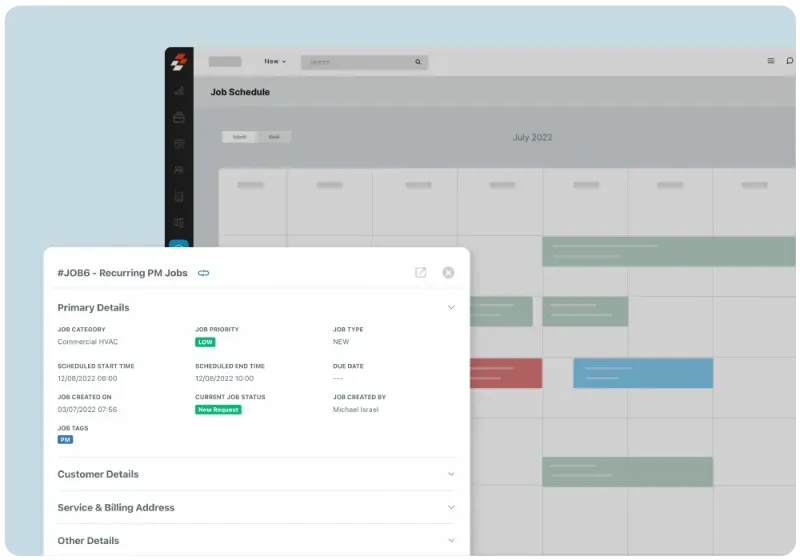
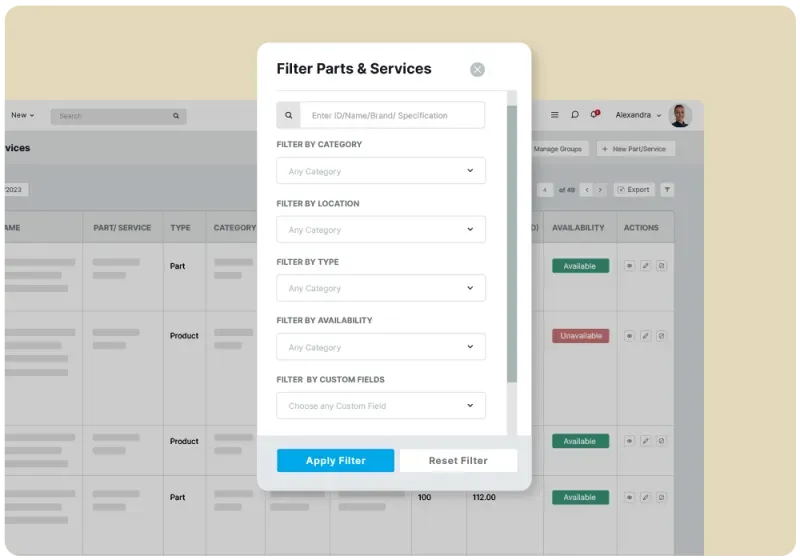
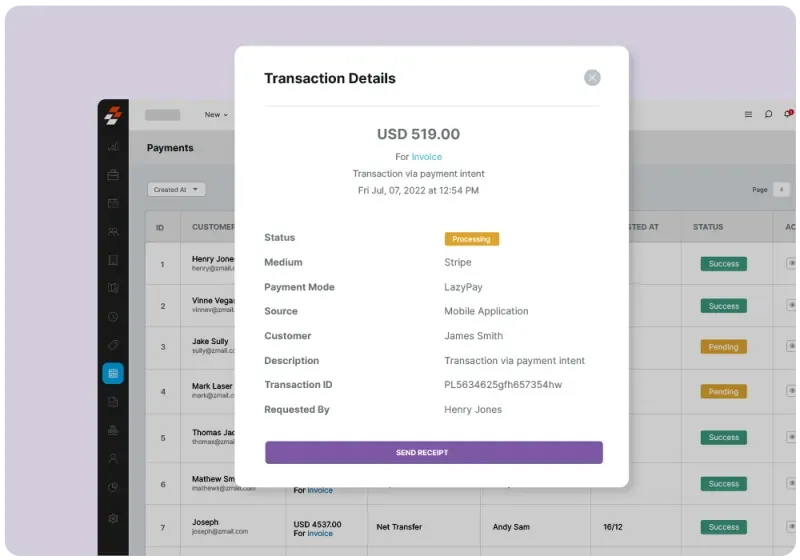
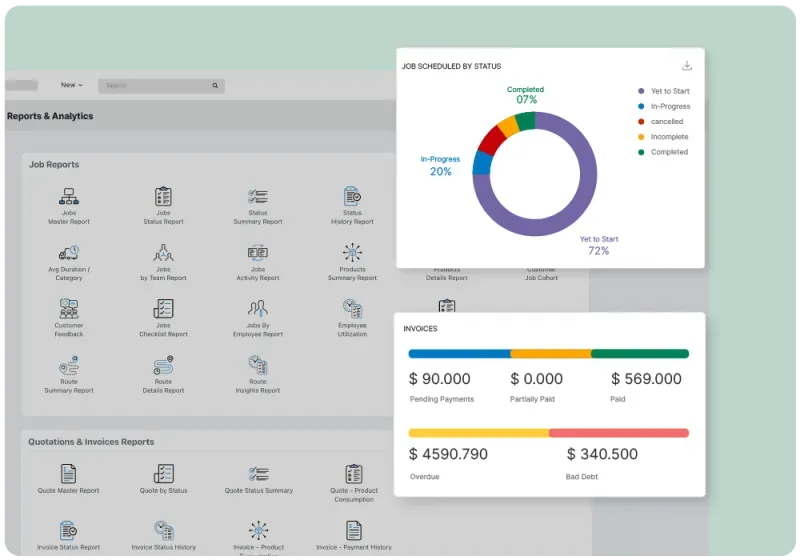
Many of your customers perceive solar as something distinct from other technologies, but you know the truth: it is a construction project.
Learn More...Watch how Zuper automates key business processes by ensuring timely solar installations and equipping field technicians with the mobile app.
Learn More...It’s no secret that consumer expectations are evolving at a break-neck speed. But what may be surprising is just how fast things are changing. In...
Learn More...